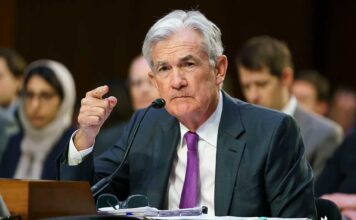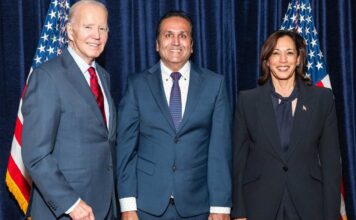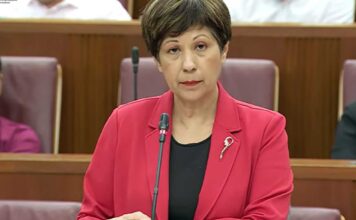he South Korean Ministry of Finance proposed a record-breaking budget of 513.5 trillion won (US$423.7 billion) for next year, hoping thereby to cope with an economic downturn stemming from the prolonged US-China trade dispute and to deal with Japan’s tightened export controls on key parts and materials.
Following a 9.7% hike this year, the budget proposal represents a 9.3% increase from this year’s budget of 469.6 trillion won, excluding an extra budget made later in the year.
Eye-catching is 24.1 trillion won earmarked for research and development thanks to the highest increase in a decade.
“An increase in R&D spending is intended to boost economic growth potential and to localize the production of critical parts and materials subject to strengthened Japanese export control,” a Korean finance ministry official told Asia Times Thursday.
The Japanese government dropped South Korea from a “white list” of countries favored in trade following strengthened regulations on exports of semiconductor materials. About 1100 items that Korea imports from Japan appear to be subject to the tighter export control.
South Korea plans to spend 2.1 trillion won to localize the key imported goods while earmarking 4.7 trillion won to nurture prospective growth engines such as future vehicles, artificial intelligence, logic chips, 5G network and bio health.
Proposed spending on social overhead capital projects for roads, schools, hospitals and public parks and libraries increased by 12.9% to 22.3 trillion won to boost domestic demand.
The government also earmarked 23.9 trillion to accelerate exports and investment, including creating startups and nurturing unicorn companies, and 25.8 trillion won for job creation. This spending is also for economic growth.
But, the largest part of the budget is the spending on welfare at 181.6 trillion won, a 9.3% hike from this year. Military spending will rise 7.4% to 50.2 trillion won
The Korean finance ministry expects total government revenue, including tax, to increase only 1.2% to 482 trillion won next year, leaving quite a big gap with spending.
The government proposes to sell a record-breaking 60.2 trillion won worth of deficit-covering treasury bonds, which almost doubles this year’s 33.8 trillion won.
South Korea’s fiscal deficit is estimated to increase to 72.1 trillion won from 42.3 trillion this year.
The national debt is estimated to account for 39.8% of GDP, up from 37.1% this year.
Rising government debts bring some worries.
“Issuing deficit covering bond worth as much as 60 trillion won makes no sense,” Song Eon-seok, a lawmaker of the opposition Liberty Korea Party, told Asia Times. “Fast-growing government debt is a serious problem. The government needs to take efforts to maintain a sound fiscal condition.”
But, the government said the new level would not be alarming.
“National debt is estimated to increase next year due to weaker tax revenue (and rising spending), but it is not a worrying level compared with that of advanced countries,” finance minister Hong Nam-ki said in a press briefing. “The national debt-GDP ratio of 39.8% is lower than Japan’s 220% and the average of OECD countries, which is slightly higher than 100%. Our fiscal condition is sound beyond compare.”
The government plans to increase the national debt-GDP ratio to the mid 40s in 2023.
While saying South Korea has the capacity to spend still more, however, Hong cautioned that the country “needs to spare fiscal room for reunification.” Credit rating companies “are sensitive” to any sudden rise in the fiscal deficit – but a ratio in the mid-40s “is acceptable.”
Lee Sang-jae, an economist at Eugene Investment & Securities, told Asia Times: “With the expansionary budget, economic growth led by government spending is expected to continue next year amid sluggish exports and private demand.”
He welcomed a sharp rise in social overhead capital spending, which is effective in boosting economic growth.
Regarding fiscal soundness, he said, “Although the fiscal deficit is growing, the nation’s debt ratio is still low, not at a warning level. Now is the time for an expansionary fiscal policy. “













